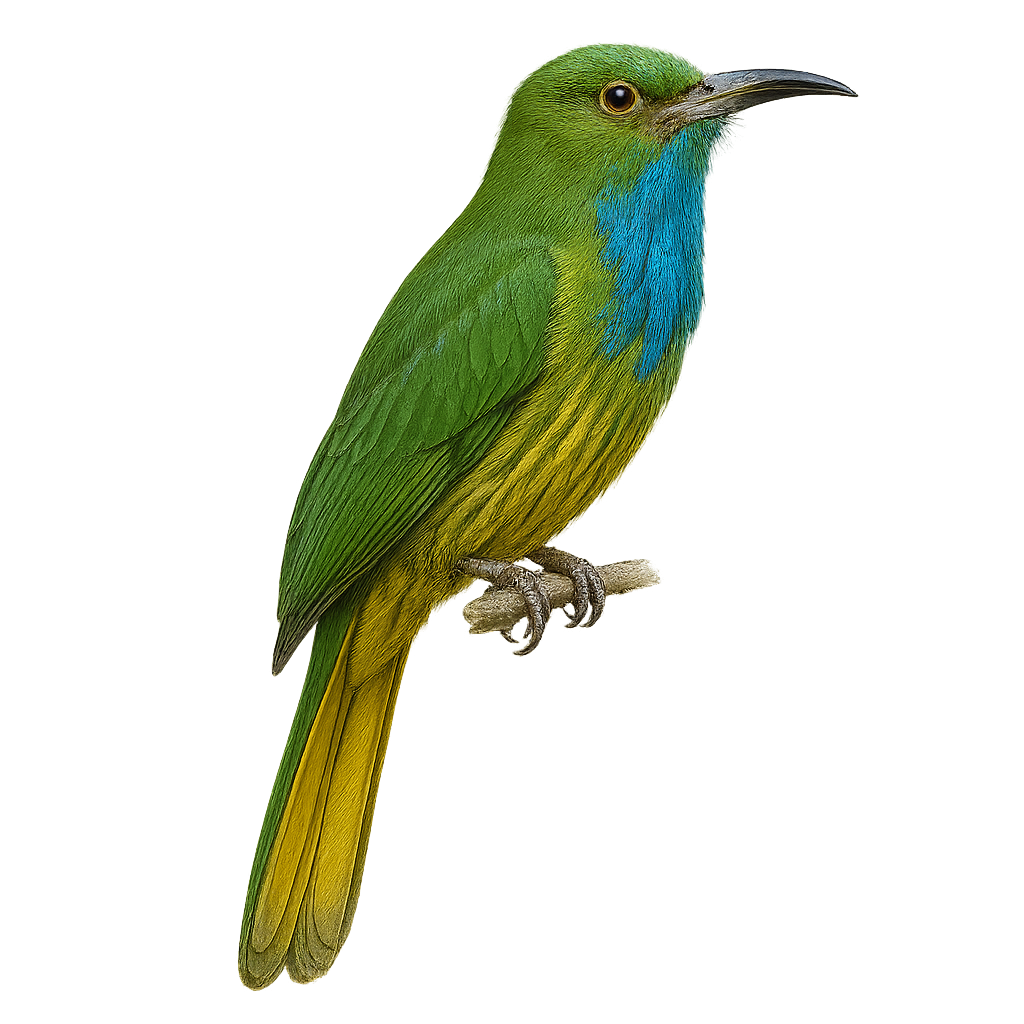Your wildlife photography guide.
Explore the blue-bearded bee-eater in detail, study its behavior, prepare your shots.
Where to observe and photograph the blue-bearded bee-eater in the wild
Learn where and when to spot the blue-bearded bee-eater in the wild, how to identify the species based on distinctive features, and what natural environments it inhabits. The WildlifePhotographer app offers tailored photography tips that reflect the blue-bearded bee-eater’s behavior, helping you capture better wildlife images. Explore the full species profile for key information including description, habitat, active periods, and approach techniques.
Blue-bearded Bee-eater
Scientific name: Nyctyornis athertoni

IUCN Status: Least Concern
Family: MEROPIDAE
Group: Birds
Sensitivity to human approach: Suspicious
Minimum approach distance: 10 m
Courtship display: March to April
Incubation: 21-23 jours
Hatchings: March to May
Habitat:
tropical forests, subtropical forests, dense wooded areas
Activity period :
Primarily active during the day, with peak activity in the morning and late afternoon.
Identification and description:
The Blue-bearded Bee-eater, or Nyctyornis athertoni, is a fascinating bird known for its striking plumage and distinctive blue beard. It primarily inhabits the tropical and subtropical forests of Southeast Asia, particularly in India, Bangladesh, and Thailand. This bird measures about 30 to 35 cm in length and primarily feeds on insects, especially bees and wasps, which it catches in flight with its robust and slightly curved beak. The Blue-bearded Bee-eater is a diurnal bird, often observed alone or in pairs, and is known for its agile and swift flight. Although relatively tolerant of human presence, it prefers dense wooded areas where it can hide and feed in peace.
Recommended lens:
400mm – adjust based on distance, desired framing (portrait or habitat), and approach conditions.
Photography tips:
To photograph the Blue-bearded Bee-eater, it is advisable to use a 400mm lens or longer to capture detailed images without disturbing the bird. Look for it in tropical and subtropical forests, where it is often perched on mid-height branches. Be patient and discreet, as although this bird is relatively tolerant, it can be suspicious of sudden movements. Take advantage of the daylight hours when natural light is optimal to get vibrant shots that highlight its striking plumage.
The WildlifePhotographer App is coming soon!
Be the first to explore the best nature spots, track rutting seasons, log your observations, and observe more wildlife.
Already 1 430 wildlife lovers subscribed worldwide

